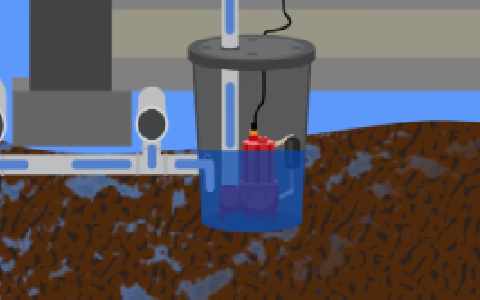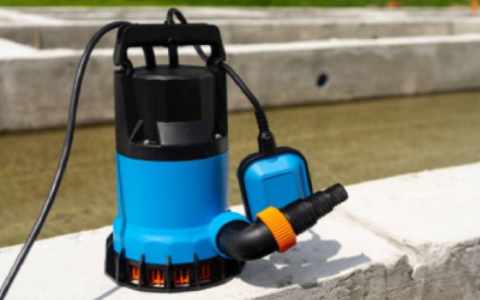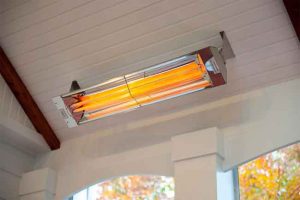While they are designed to help prevent basement flooding and water damage, sump pumps will need repair from time to time. These small, electrically operated devices require routine maintenance to function properly.
One easy way to test your sump pump is to pour water into the pit. This will help ensure that the float switch works correctly and activates when needed.
Check the Electrical Connections

The sump pump needs to be wired properly by a licensed electrician. If the cord is not secured correctly, it can get tangled up in debris. The electrician will also make sure there is sufficient slack in the cord to allow it to be removed for maintenance.
A sump pump must be plugged into a ground fault circuit interrupter (GFCI) outlet. If not, the GFCI may trip, shutting off the pump. This can be prevented by regularly checking and resetting the GFCI outlet.
The sump pump’s pit must be big enough to allow the float switch to activate it. Also, a check valve must be installed to keep pumped water from flowing back into the pit once it turns off. This can be inspected by filling a bucket with water and pouring it into the pit to make sure that everything works as intended. This is a simple way to test your sump pump. You can also hire a professional to inspect your sump pump.
Check the Float Switch
The float switch is the component that controls when your sump pump starts to operate. Whether the float switch is triggered to turn on or not is determined by the amount of water in the pit. The pump only turns on when it senses that the water level rises to a specific point, so regular maintenance is essential to ensure that this switch continues to function properly.
First, make sure your sump pump has power by plugging it into another outlet receptacle and testing to see if it gives off voltage. If it does not, you may have a faulty plug or extension cord that needs to be replaced. Next, remove the pump from the basin and inspect it for obstructions. You may be able to simply lift the float switch ball and manually activate the pump to determine if it is functioning properly. If not, you may need to bypass the piggyback plug on the float switch by plugging it directly into an outlet and see if the pump runs.
Check the Inlet Screen

A backup sump pump is important to keep your home safe and dry in case the primary unit fails. These units work by automatically turning on and pumping water out of your basin as soon as they detect the float switch has been triggered. However, the float component on these types of pumps can be blocked by debris in the basin and may not be able to move freely, which can prevent the pump from turning on as it should.
A regular inspection of the float arm should be conducted to ensure it’s moving as it should. The owner’s manual for your pump will also provide details on whether or not the bearings need to be lubricated and will give instructions on how this should be done. If you are unable to locate the user manual, an Internet search using your pump’s model number will help you find one online. In addition, be sure to check the GFCI outlet and power cord to make sure they are in good condition.
Check the Cover
With all of the rain Central Iowa has been getting, it’s time to give your sump pump a check-up. You can easily test your sump pump by pouring a bucket of water into the pit. If the pump kicks on and starts draining water, it’s working properly. To clean the pump, however, you need to remove it from the pit and disconnect the power cord.
Summary:
You can then take the pump outside and clean it, as well as the grate, discharge pipe and screen. It’s a good idea to also clean the one-way valve located on the discharge line, which helps prevent water from flowing back down the pump and into your home. The float switch may also need to be checked. It can get stuck if it gets covered in debris or wanders out of its original position. A professional can help you fix these problems if needed. You should also check the GFCI outlet to ensure it’s still working.



